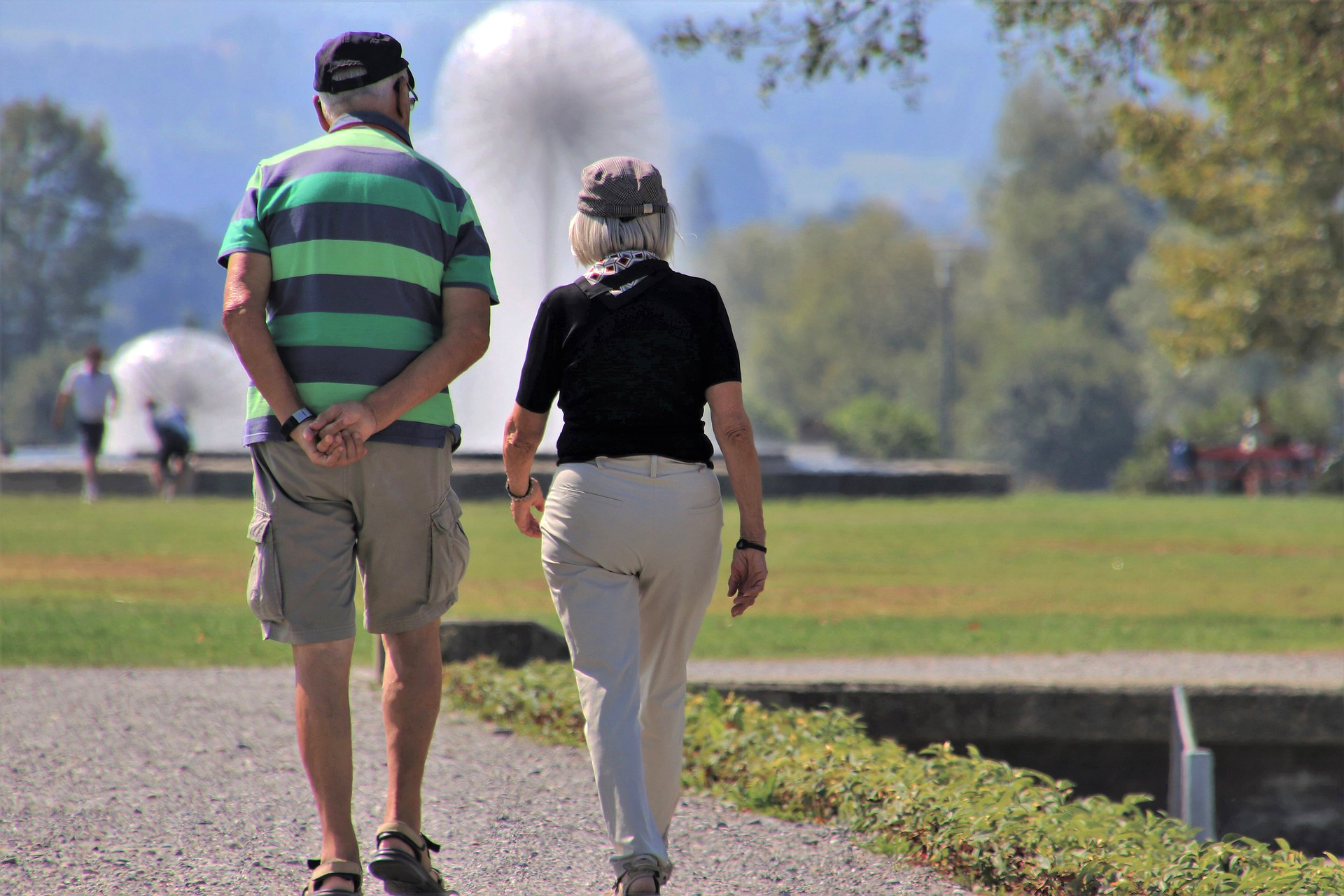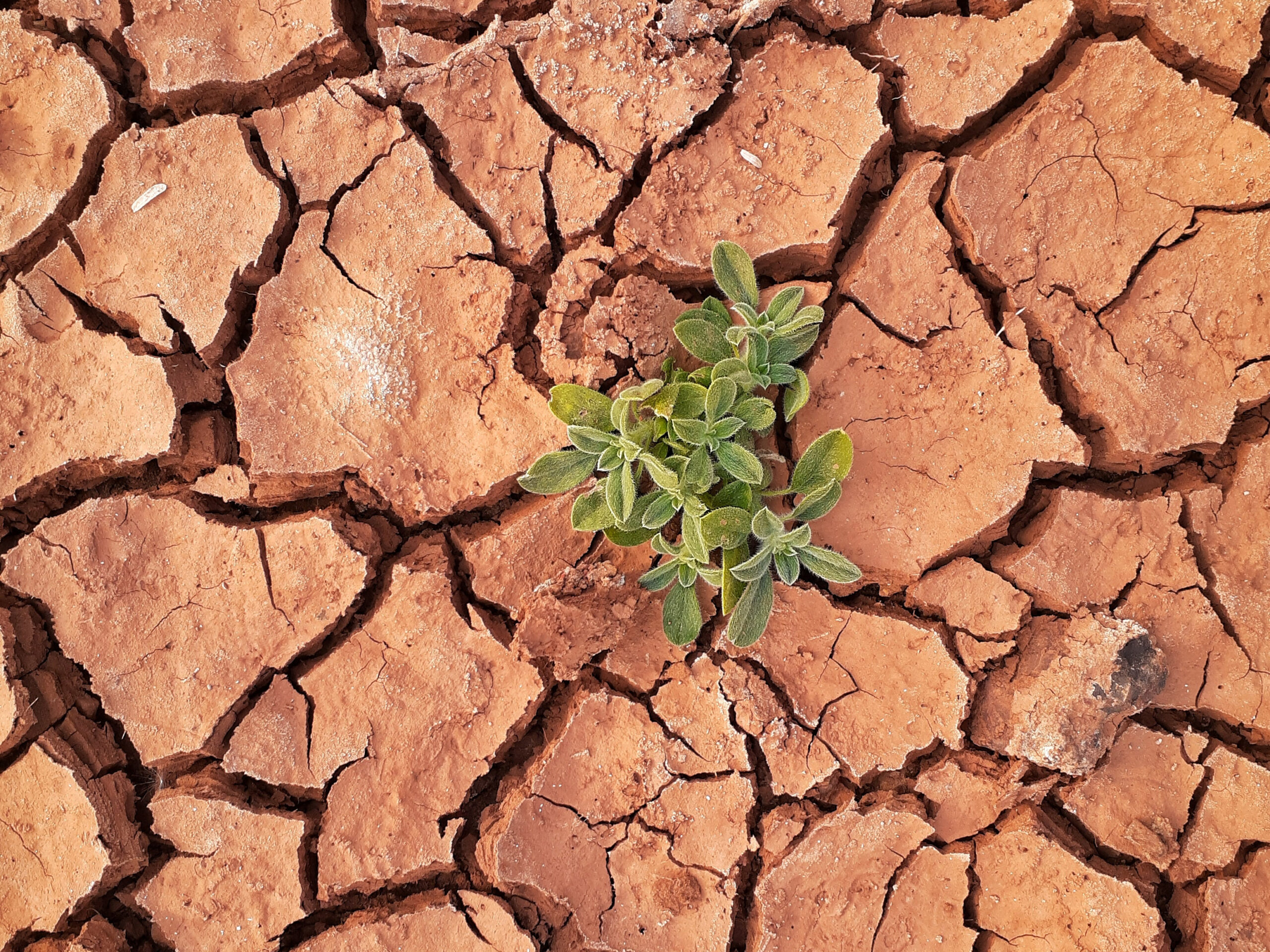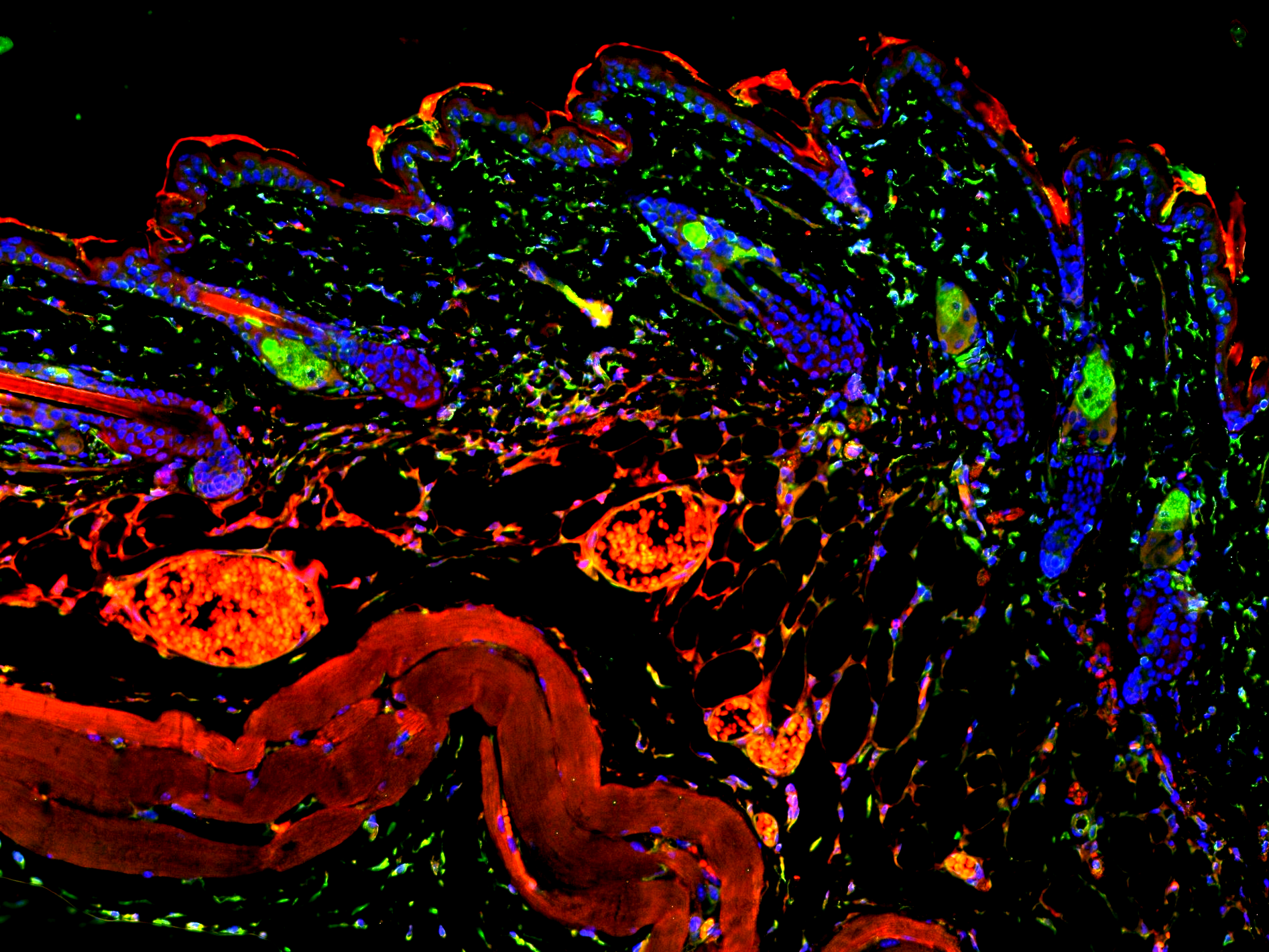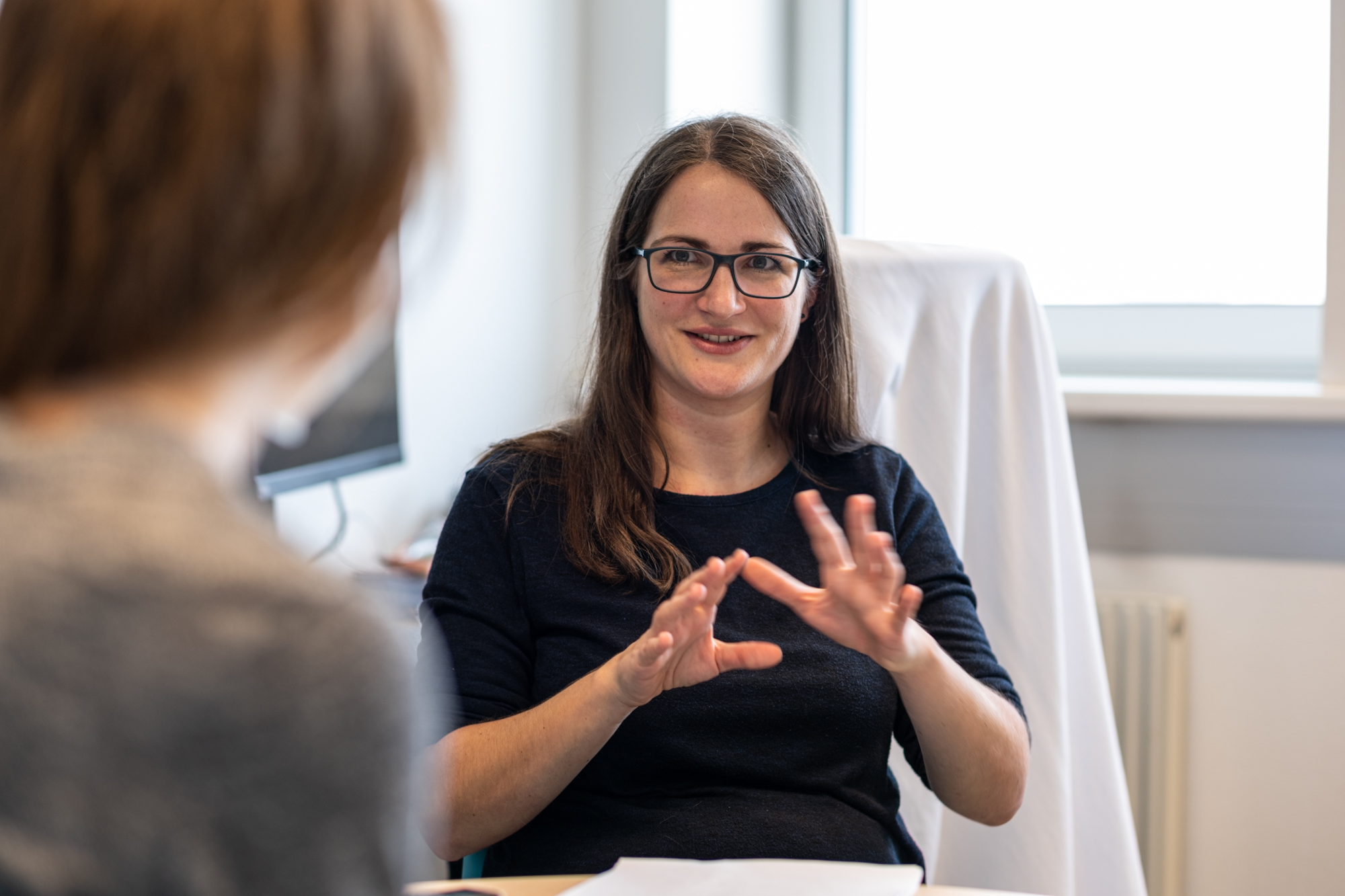Keep moving: How to avoid circulatory disorders and their consequences in an ever-heating climate
The climate crisis has been shown to lead to increased periods of heat, which in many countries are encountering an increasingly aging population. With age, it becomes more difficult for the body to adapt to heat and the likelihood of underlying diseases such as chronic venous insufficiency or peripheral artery disease increases. This in turn is associated with a higher risk of developing chronic wounds. This situation is challenging because it is very complex. Above all, however, it requires one thing – to get going, both figuratively and literally: regular physical exercise makes a decisive contribution to preventing vascular diseases, obesity and diabetes mellitus. This not only makes it easier to respond to heat stress, but also reduces the likelihood of chronic wounds.
Molecular signals initiating reactions in wounded skin
It only takes a few seconds for skin to get wounded. But before wound healing processes can be observed in the tissue, very often several hours are passing by. This leads to an important question: what exactly is happening in the skin between the damage and the healing of the wound? SHoW´s biomedical research team has developed a new explanatory approach for this unresolved issue. This blog post gives insights into the scientists´ current findings. One aspect good to know in advance: biology and orchestral music have more in common than you might think.
Managing the holidays with a chronic wound
Many practitioners go on vacation, the lavish banquet with the family is coming up and the bandages are almost gone: Holidays such as Christmas or Easter are particularly challenging for people with a chronic wound. In order to give those affected a little more ease during this time, we collected some recommendations.
Two years, seen from two angles: “A great SHoW!”
October 2022 marks the halfway point at LBG-SHoW, the Ludwig Boltzmann Research Group “Senescence and Healing of Wounds”. A good moment to look back on what happened during the first two years of the project and, at the same time, look into its future. In this interview, SHoW’s two co-directors, Heinz Redl and Raffael Himmelsbach, both give a personal review of the past two years. They talk about major and minor successes of the research group, provide information about sharing the management for SHoW and express their wishes for the future of the team, as well as their research areas.
Will one dilemma lead into the next? How the climate crisis challenges human health
Chronic wounds represent a complex disease phenomenon, both regarding their development and in their care. In contrast, the explanation for both the factors driving the climate crisis and who is responsible for these factors´ fatal effects is much less complex. The changes in climate conditions worldwide are massively affecting all areas of human life. In a four-part series on our blog, we will demonstrate the consequences of the climate crisis for human health by example of the problematic effects of heat on the pathology of chronic wounds.
Deciphering enigmatic processes: A journey through aging
Anti-aging promises in cosmetics, marketing concepts specifically for people 50+, or the consequences of the boomer retirement wave: aging is omnipresent in society. This process, while much less obvious, is also constantly present in our cells. Aging and age-related diseases bring about major challenges on various levels, making the aging of cells an important scientific research focus. At this point, we invite you to join us on a research journey. Our destination: new ways to understand the process of cellular aging and to meet the challenge of age-related diseases.
Keep calm and carry on: Wound care in the UK
Around 80,000 UK residents live with one or more chronic wounds. The cost of caring for all wound patients in the country is estimated between £4.5 billion and £5.1 billion a year. How does Great Britain deal with the topic and what can we learn from it?
When wounds do not heal an interview with co-founder Veronika Hruschka
The process of finding a topic for the research group was unorthodox. It started with a series of seminars on citizen participation and the value of empirical knowledge in research. Tissue regeneration researcher and scientific project manager Veronika Hruschka took part in this series of seminars five years ago and has since been a driving force behind the development of the research group. Journalist Marlene Erhart meets her for an interview at the headquarters of the SHoW Group in the AUVA Trauma Center Vienna, Lorenz Böhler.







